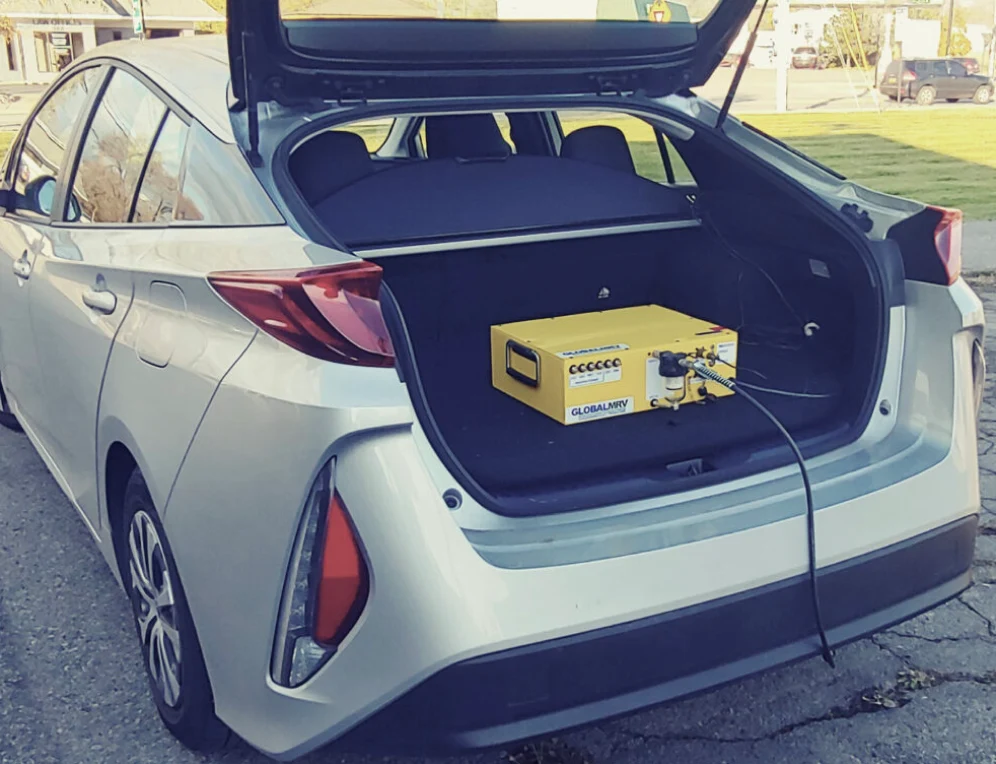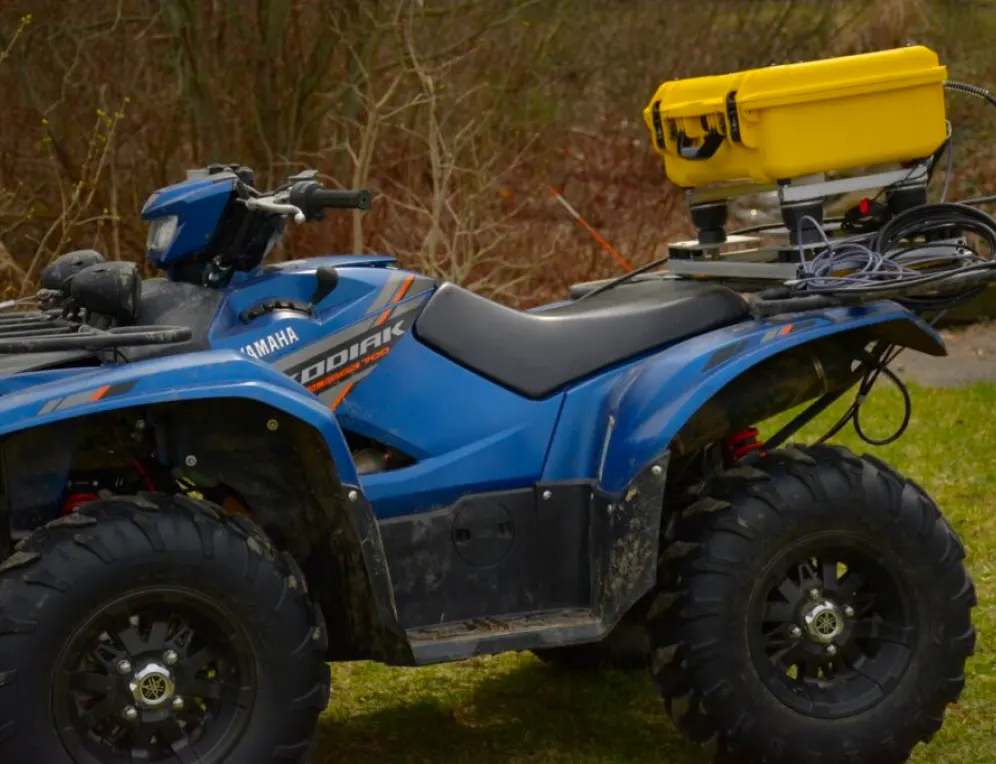24/7 On-Road Vehicle Data Acquisition and Analytics
GlobalMRV develops industry-leading portable emissions measurement systems (PEMS) and data-capture solutions for businesses, original equipment manufacturers, and research facilities in the transportation, automotive, and engineering sectors. Our PEMS, iPEMS, and mini-PEMS units provide reliable, accurate, and cost-effective on-road, data acquisition, and emissions testing analytics to help you drive improvements in development, innovation, and quality for all your vehicle performance needs.

Real-driving emissions data requires real-time solutions. GlobalMRV is the world’s market leader for portable emissions systems measurement (PEMS) vehicle monitoring, measurement, reporting, and verification services.

Our trusted partners include research and development think tanks, original equipment manufacturers, academic institutions, business enterprises, and emissions-testing facilities the world over.

The need is growing for both OEMs and regulators to provide greater insight into real-world emissions performance.
GlobalMRV’s Axion and Firefly systems meet those needs with advanced, accurate, and replicable data acquisition solutions that are easy to install and operate. Our PEMS, iPEMS, mini-PEMS allows for 24/7 monitoring of vehicle emissions performance to help reduce product development time and speed up the calibration process.

Our PEMS, iPEMs, and mini-PEMS units easily accommodate the challenges associated with real-world emissions testing of heavy-duty trucks, locomotives, and off-highway machinery. As highway development and the off-highway sector come under greater regulatory scrutiny to provide real-world data for internal combustion engine-powered off-highway vehicle emissions, we’re meeting the industry’s needs. We provide comprehensive solutions and real-world data for operations.

From gas-powered lawn care to landscaping equipment such as leaf blowers and lawn mowers, regulators and OEMs have been seeking to establish baseline metrics on the real-world emissions of power equipment. GlobalMRV’s Backpack, PEMS Cart, and Sample Conditioning System can be utilized as the first products of their kind to provide data acquisition technologies for in-use, small-engine powered power equipment.

Historically speaking, motorcycles and ATVs have been difficult to evaluate using conventional lab or bulky PEMS systems.
GlobalMRV has the solution: our robust and lightweight Axion, Firefly, Backpack, PEMS Cart, and Constant Volume Sampling Systems are ideal for generating real-world data fast. Quick and easy to install (one person is all it takes), test engineers receive on-demand results in an industry-leading 20 minutes.

As stricter emissions standards arise for unconventional diesel engines, it’s paramount to have your nautical and maritime vessel checked for emissions testing.
GlobalMRV’s Axion, Firefly, Backpack, and Constant Volume Sampling systems can help OEMs and regulators conduct advanced, accurate, and replicable data acquisition and emissions tests. Easy to install and operate, our line of PEMS, mini-PEMS, and iPEMS can provide 24/7 monitoring and quality reporting for your nautical and maritime vessels.
Founded in 2010, we’ve helped OEMs and companies save more than $5,000,000 on traditional dynamometer and real driving emissions (RDE) testing for clients of all different industries and niches. Our partnership with Ph.D. researchers, managers, analysts, engineers, and technicians have run more than 60 different types of diagnostic testing regimes and supported over hundreds of different vehicles and engines for overall emissions reduction and calibration testing.
With our Hardware as a Service (HaaS) model, customers may choose to purchase or rent PEMS, iPEMS, and mini-PEMS units for a fraction of the cost without losing any valuable benefits. Data privacy laws apply. To protect clients’ privacy, all insights gleaned from our PEMS units are secure and kept 100% confidential.
At GlobalMRV, we subscribe to a “think global, act local” mentality. When you partner with us, you’ll have the experience, knowledge, and expertise of a global network of engineers, research and development staff, analysts, and managers coupled with the attention, personalization, and customizability of a small-owned business. We’ll help you make a global impact with localized support.
Vehicle Emissions Testing Is on the RiseGlobalMRV Will Keep You One Step Ahead of the Curve

GlobalMRV PEMS, iPEMS, and mini-PEMS units can set up in as little as 15 minutes

Our Hardware as a Service (Haas) model allows you to rent PEMS, iPEMS, and mini-PEMS for a fraction of the cost

Receive results instantly with our PEMS’ 24/7 monitoring capabilities
GlobalMRV helps institutions measure, report, and verify emissions for all different testing needs. Contact us today for a risk-free, complimentary consultation.